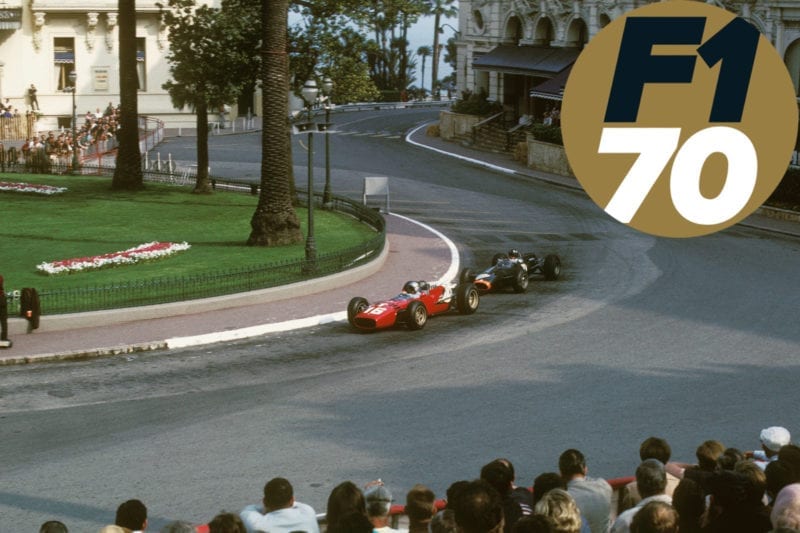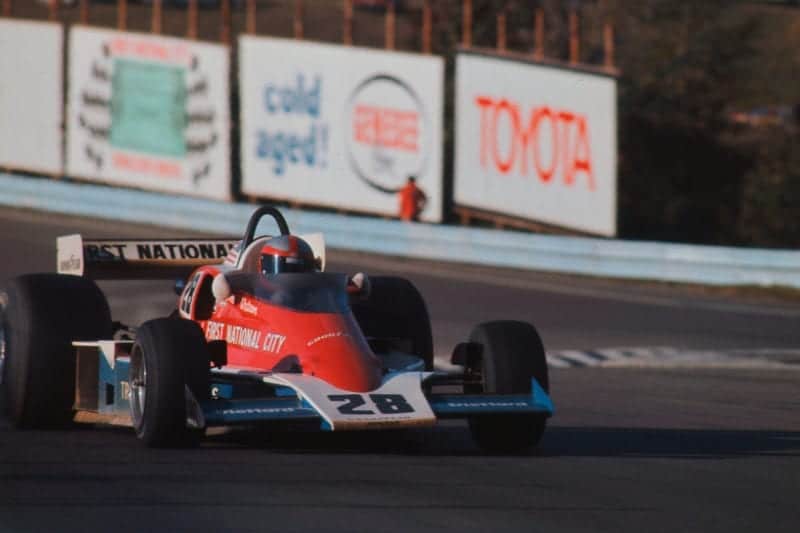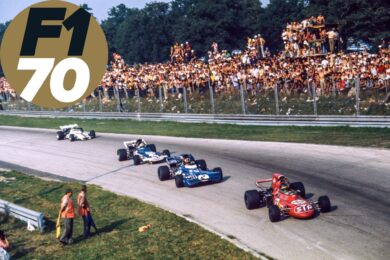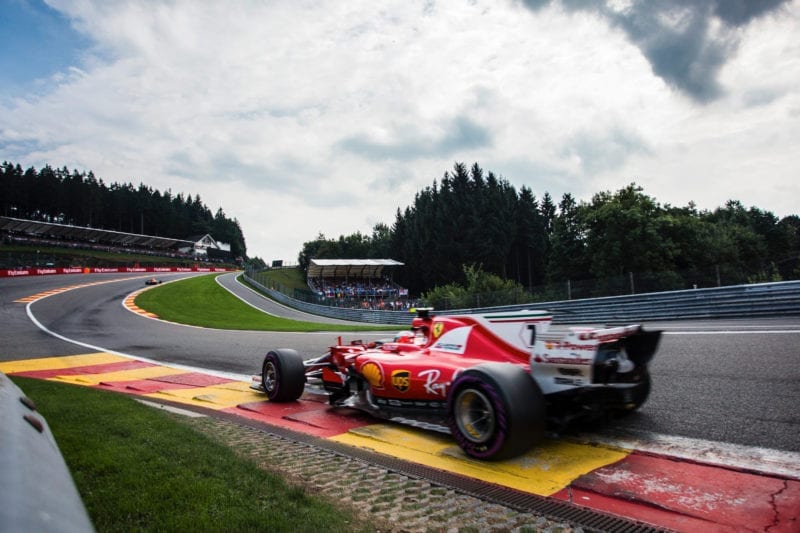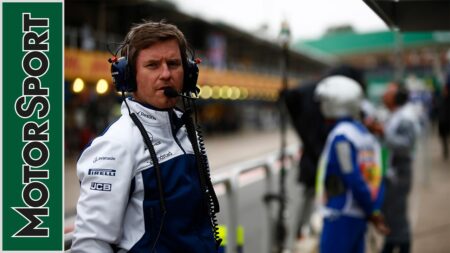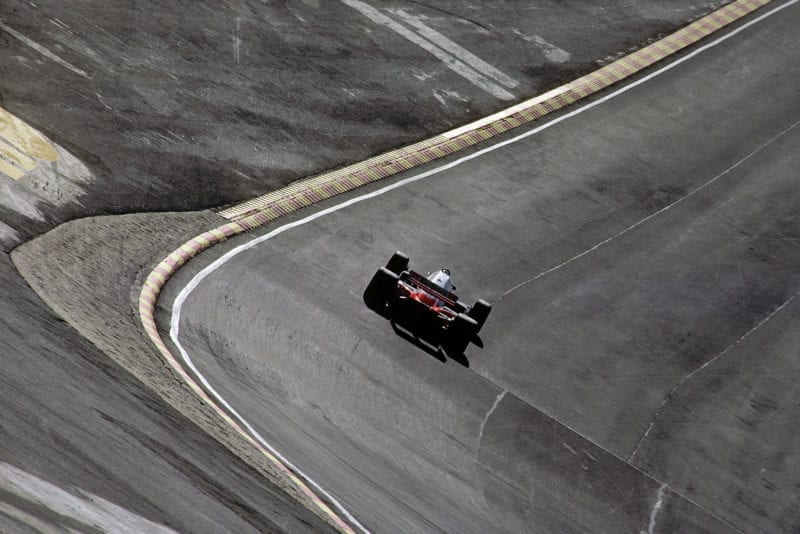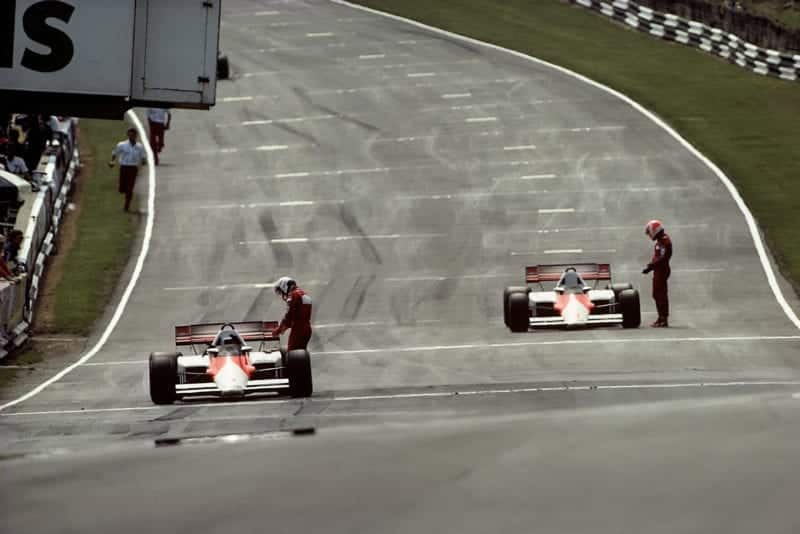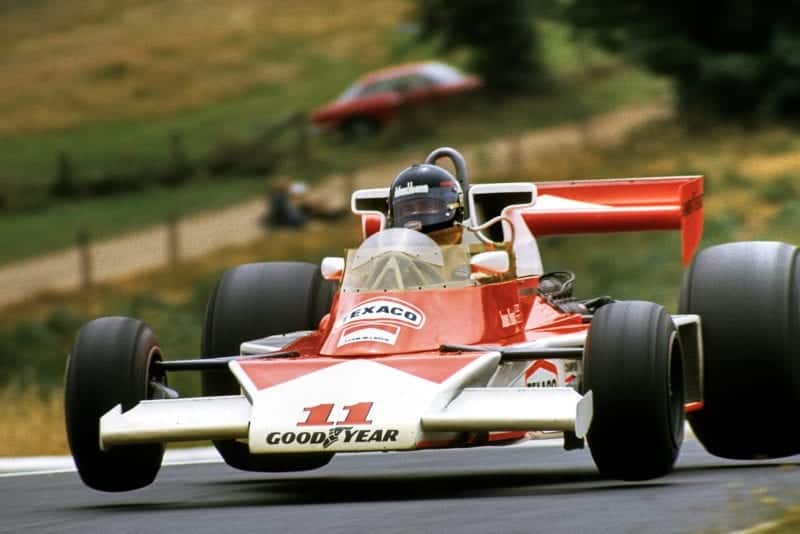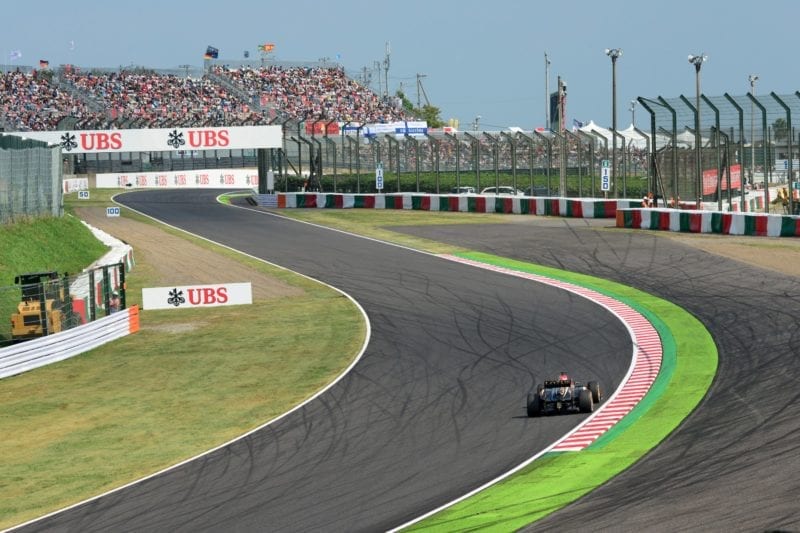Nürburgring and Spa: a load of cliches! I know it’s got 100 and whatever corners. In fact, many of those corners you could make into one big corner rather than having three little bits. I felt to some degree that it was a bit of a party trick.
Another circuit which is a favourite of mine is Montjuich Park in Barcelona. It’s what might be loosely described as an old-fashioned street circuit. It was much bigger than Monaco – it climbed and fell, the highest point was just after the start finish line and the lowest point was probably 45 metres below that.
There was a point where the cars got airborne. I’ve got a photograph of me in ’75 in the Surtees airborne, there’s a foot of air between the car and the ground.
The challenge was to find the rhythm of the circuit and run the barriers as close as you could on the entry and the exit without making contact. That takes some skill.
Considering what it was, it was quick in our cars. It was a place you bonded with, an instant love affair. I would say today it’s still the best street track that I’ve ever raced on. It felt like this is what a racing driver should be doing.
Martin Brundle
Former F1 driver, Le Mans winner, broadcaster
For an F1 driver, the great circuits are the ones where you always feel there’s more time left, maybe the circuit you’ll never quite conquer.
One that scares you a little bit with some high speed corners, so that you feel challenged by it because it’s so satisfying when you get it right. Eau-Rouge (Spa-Francorchamps) as it used to be or the Stowe – Club combo (Silverstone), 130R (Suzuka) before they eased it up a bit – there are some corners you approach with subconscious trepidation or even conscious trepidation.
It was challenging you. If you got it wrong, you might smash the car up or hurt yourself. Not that you anticipated or wanted to do that, but there’s no doubt about it, the fear factor, the challenges, it was why we loved the old-school circuits.
As a driver, there are circuits you always felt slightly more confident on. I love street circuits: Monaco; Montreal to an extent is a street circuit; I love Adelaide. Those circuits, the hustle of them.
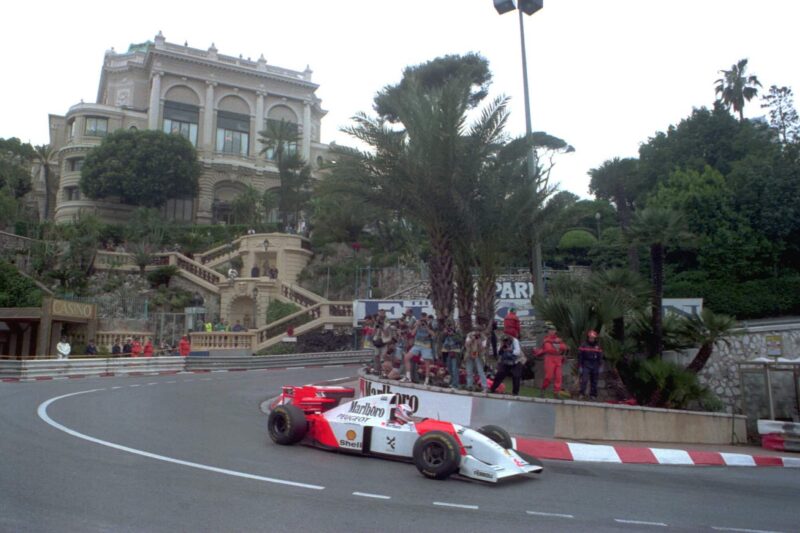
Martin Brundle at Monaco in 1994
Getty Images
Fighting an F1 car at Monaco, especially back in the turbo days, it doesn’t get much better than that. On qualifying boost around the streets of Monaco, in a handful of a car, with 1300 – 1400 horsepower, that was quite thrilling, to say the least. I always default then to Suzukia Monza, Silverstone, Spa, Monaco, I loved going to those tracks to drive on them and I love walking down the side of them now when I visit.
